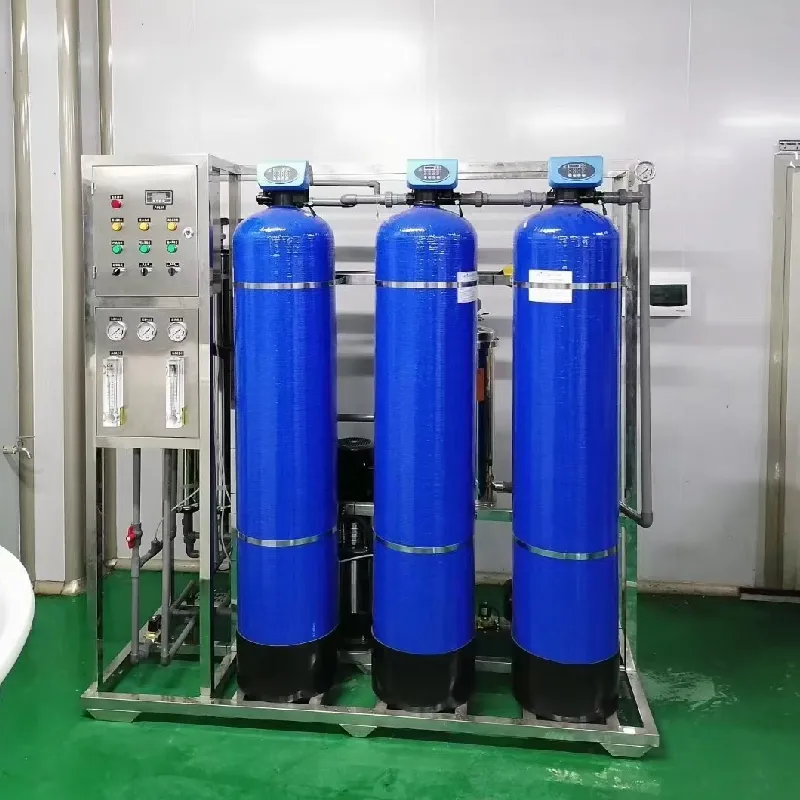loading...
- No. 9, Xingyuan South Street, Dongwaihuan Road, Zaoqiang County, Hengshui, Hebei, China
- admin@zjcomposites.com
- +86 15097380338
- Welcome to visit our website!
FRP Stair Tread Solutions for Safety and Durability in Heavy Traffic Areas
Understanding FRP Stair Treads A Comprehensive Guide
In the realm of construction and design, materials play a significant role in ensuring safety, durability, and aesthetic appeal. One such material that has gained prominence in recent years is Fiber Reinforced Polymer (FRP). Among its various applications, FRP stair treads have emerged as an essential component in both industrial and commercial settings. This article delves into the advantages, applications, and installation of FRP stair treads, shedding light on why they are becoming a preferred choice for many builders and architects.
What are FRP Stair Treads?
FRP stair treads are steps made from a composite material that combines plastic with reinforcing fibers, such as glass or carbon. This combination results in a lightweight yet exceptionally strong product. The use of FRP in stair treads has become popular due to its resistance to corrosion, ease of maintenance, and excellent slip-resistant properties. These treads can be produced in various colors and textures, allowing for customization that fits any design theme or safety requirement.
Advantages of FRP Stair Treads
1. Durability One of the primary advantages of FRP stair treads is their durability. Unlike traditional materials such as wood or metal, FRP is resistant to many environmental factors. It does not rot, rust, or corrode, making it ideal for both indoor and outdoor applications.
2. Safety Safety is a critical aspect of any stair system. FRP treads often include a textured surface that enhances grip, reducing the likelihood of slips and falls. Additionally, the lightweight nature of the material can minimize the impact in case of an accident.
3. Low Maintenance FRP stair treads require minimal maintenance compared to their metal or wooden counterparts. They do not need to be painted, treated, or sealed, which can significantly reduce long-term costs for building owners and maintenance teams.
4. Customizability With FRP treads, organizations can choose colors and styles that match their branding or aesthetic goals. They can also be designed to fit various stair configurations, ensuring a perfect fit regardless of the building’s design.
5. Environmental Resistance FRP stair treads can withstand extreme weather conditions, UV radiation, and various chemicals, making them suitable for locations such as wastewater treatment facilities, chemical plants, and outdoor stairways.
Applications of FRP Stair Treads
The versatility of FRP stair treads has led to their adoption in a wide array of industries
frp stair tread

- Industrial Facilities Many factories and production plants utilize FRP treads for their entryways and staircases due to their durability and resistance to chemicals.
- Commercial Buildings Office buildings, retail stores, and shopping centers appreciate the aesthetic appeal and safety features provided by FRP treads.
- Public Infrastructure Parks, recreational areas, and public transport hubs are increasingly incorporating FRP treads to enhance safety while blending in with the environment.
- Marine Applications Due to their non-corrosive properties, FRP stair treads are an excellent choice for marinas and docks, where exposure to saltwater can be detrimental to conventional materials.
Installation Considerations
Installing FRP stair treads is typically a straightforward process. However, several factors must be considered
1. Surface Preparation The existing stair surface should be clean and dry before installation to ensure proper adhesion.
2. Adhesive Selection The choice of adhesive plays a crucial role in the installation process. It’s essential to select an adhesive compatible with both the stair surface and the FRP material.
3. Follow Manufacturer Instructions Adhering to the specific installation guidelines provided by the manufacturer can help maximize the performance and longevity of the treads.
4. Safety Measures During installation, workers should wear appropriate personal protective equipment (PPE) to prevent accidents and injuries.
Conclusion
FRP stair treads represent a modern solution to traditional stair systems, combining safety, durability, and aesthetic appeal. Their growing adoption across various industries speaks to the increasing demand for materials that meet both functional and design needs. As the construction industry continues to evolve, FRP stair treads will likely remain at the forefront of innovative building solutions, making our spaces safer and more visually appealing. Whether you are a builder, architect, or facility manager, considering FRP stair treads for your next project may very well be a wise investment in quality and safety.
-
The Rise of FRP Profiles: Strong, Lightweight, and Built to LastNewsJul.14,2025
-
SMC Panel Tanks: A Modern Water Storage Solution for All EnvironmentsNewsJul.14,2025
-
GRP Grating: A Modern Solution for Safe and Durable Access SystemsNewsJul.14,2025
-
Galvanized Steel Water Tanks: Durable, Reliable, and Ready for UseNewsJul.14,2025
-
FRP Mini Mesh Grating: The Safer, Smarter Flooring SolutionNewsJul.14,2025
-
Exploring FRP Vessels: Durable Solutions for Modern Fluid HandlingNewsJul.14,2025
-
GRP Structures: The Future of Lightweight, High-Performance EngineeringNewsJun.20,2025
